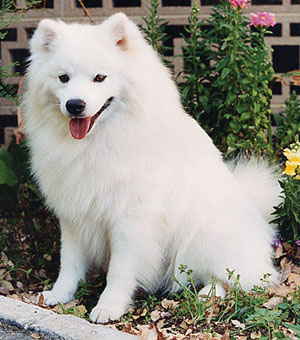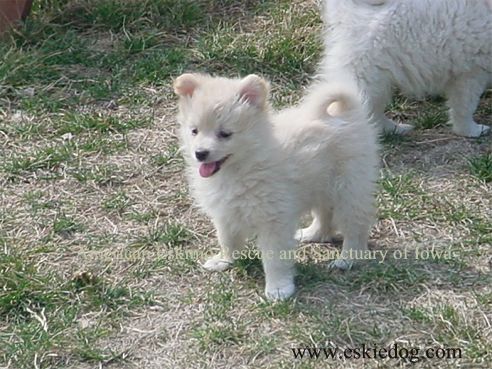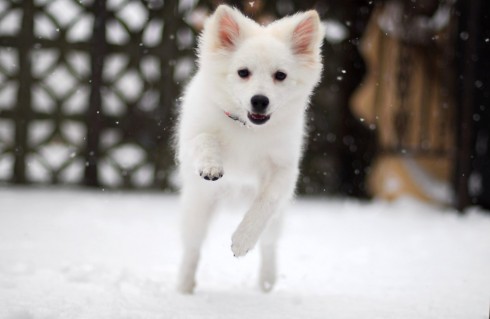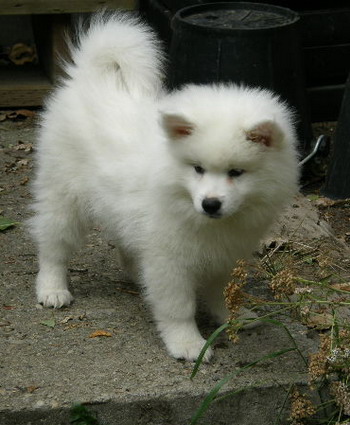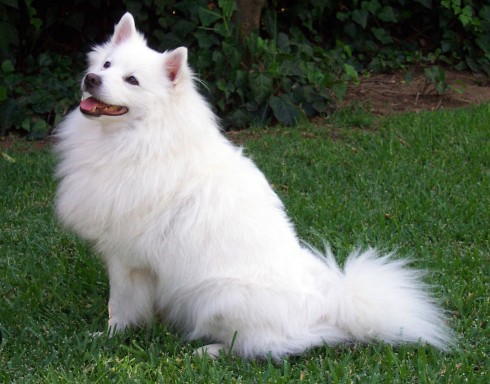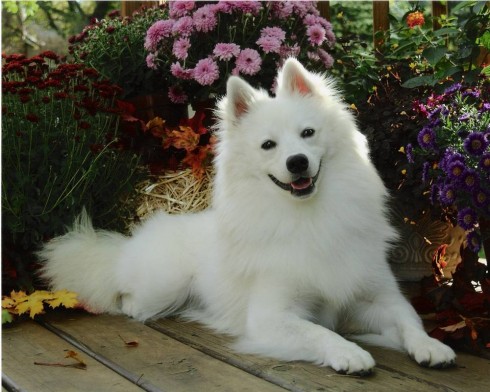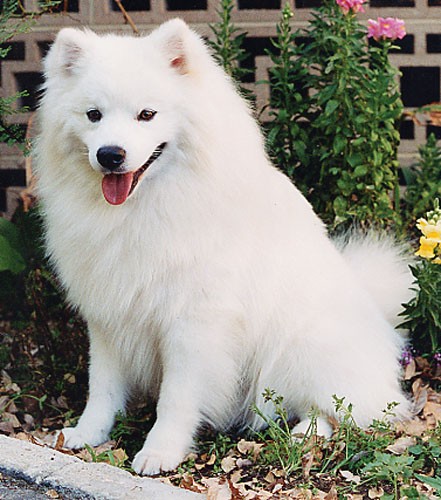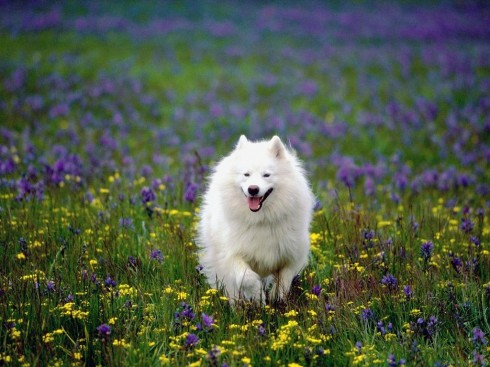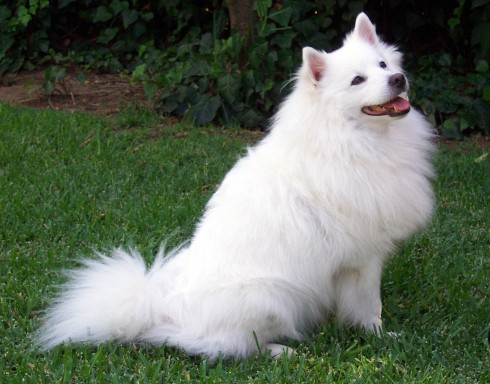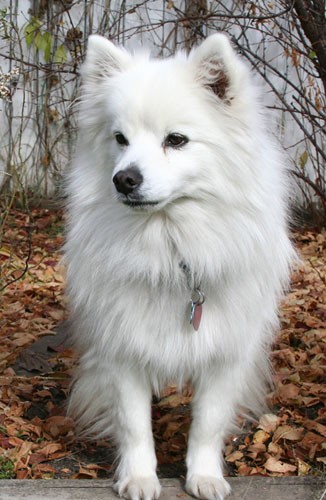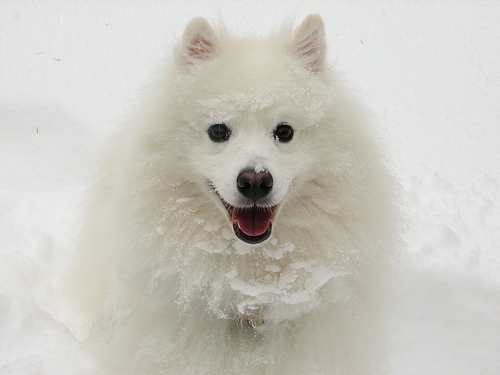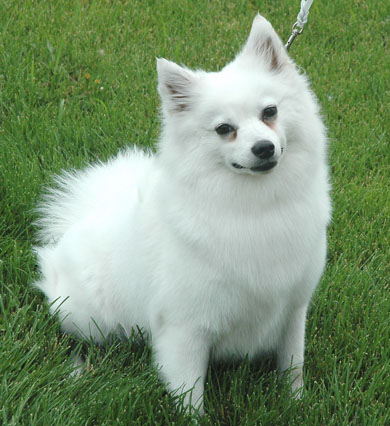Main Index
In Store
Our Web Store
Miniature Schnauzer Picture Gallery
Latest Dog Blogs
- What Are The Basic Commands To Train A Dog?
- PaySafe As The Most Popular Type Of Deposit
- Everything You Need To Know About Pet Sales
- Dogs Contribute To Our Physical And Mental Well Being
- How To Choose Where To Bet On Greyhounds In 2022
- Volunteer With Animals - How To Help Dogs Around The World
- Basic Understanding Of The House Edge
- Why You Should Get A Dog
- Top 20 Popular Dog Names Around The World
- Constipation in Dogs and How to Find Solutions
Eskimo Dog
The Full Eskimo Dog Description
In the early years of this century, the American Eskimo Dog was a favourite circus dog. Quick and bright in his eye-catching snowy-white coat, the Eskie was used for many acts, including one that involved walking a tightrope.
Did you know?
The American Eskimo Dog was a favourite among circus performers in the early 20th century.
Contrary to popular belief, the American Eskimo Dog is not descended from working sled dogs.
So you want to own an American Eskimo Dog?
The American Eskimo Dog has a thick, double, standoff coat with no curl or wave. Dogs generally have more coat than bitches, especially along the ruff around the neck.
True Eskie temperament is described in the breed standard as loving, intelligent, alert, friendly and slightly conservative.
Indicative Breed Standard
General Appearance
Typical spitz dog with thick neck and broad chest, well boned legs of medium length. Majestic and powerful physique that is built for hard work, not speed.
Characteristics
Sled dog capable of surviving in extreme temperatures and pulling weights of 45-80 kgs (99-176lbs) per dog over 15-70 miles a day on snow, or carrying 15 kgs (33lbs) as pack dog in summer. Also used to locate game and hold it at bay.
Temperament
Reflects tough, hard working function. When mature, affectionate, enjoying attention. Pack orientated with extremely rapid response to outside stimulus.
Head and Skull
Large, well proportioned, broad and wedge shaped. Tapered muzzle of medium length. Females have much narrower skull than males.
Eyes
Never round or bulging. Widely spaced, obliquely set. Generally dark but hazel and yellow occur, depending on pigmentation. Never blue.
Ears
Short thick and triangular with slightly rounded tips. Carried erect, facing forwards, covered with dense short hair inside and out.
Mouth
Powerful heavy jaws with large teeth. Perfect regular and complete scissor bite, i.e. upper teeth closely overlapping lower teeth and set square to the jaws. Lips close fitting.
Neck
Short, straight, thick and very muscular.
Forequarters
Broad shoulders, well laid back. Well muscled. Forelegs straight but well developed. Dew claws permitted.
Body
Should accentuate overall power and endurance. Deep, wide well-developed chest, moderately sprung ribs and well developed loin. Level back, well-muscled throughout. Only slight tuck up. Skin thick and tough.
Hindquarters
Not higher than withers. Good turn of stifle. Legs muscular with width of thigh continuing down towards hock. From behind, legs appear straight; hocks turning neither in nor out.
Feet
Large, almost round, well arched. Thick pads with hair between the toes.
Tail
Large, bushy, set moderately high, carried up or over the back. Mature bitches may carry tails down.
Gait/Movement
Powerful, brisk trot with rear legs moving in line with front legs. Males with heavily muscular thighs may appear to move wide behind.
Coat
Thick, dense undercoat with hard stiff guard hairs. Outer coat 8-15 cms (3-6 ins). In males, a mane over shoulders and neck giving appearance of greater height and bulk than actually exists. Females have shorter coat overall.
Colour
All colours and markings allowed including solid colours. Pigmentation from black to light brown depending on coat colour. Snow nose acceptable.
Size
dogs 58-70 cms (22-27½ ins), bitches 50-60 cms (19½-23½ ins).
About Our Article Directory
- Article
- 27 November 2010
- 2 comments
Canis lupus familiaris
- Breed Article
- 29 May 2010
- No comments
Quick Search
Donate
Latest Dog Pods
- Tips on How to Stop Your Dog from Biting
- Beware - Not All Advertised Dog Rescues Really Are! How Can You Know The Truth?
- Helpful Tips For Dog Obedience Problems
- How to Keep Dogs From Eating Poop
- Dog Grooming Tips - A General Overview of the Very Basics of Dog Grooming
- Recognising Different Types of Dog Obedience Problems
- 5 Important Tips On Feeding A Puppy


